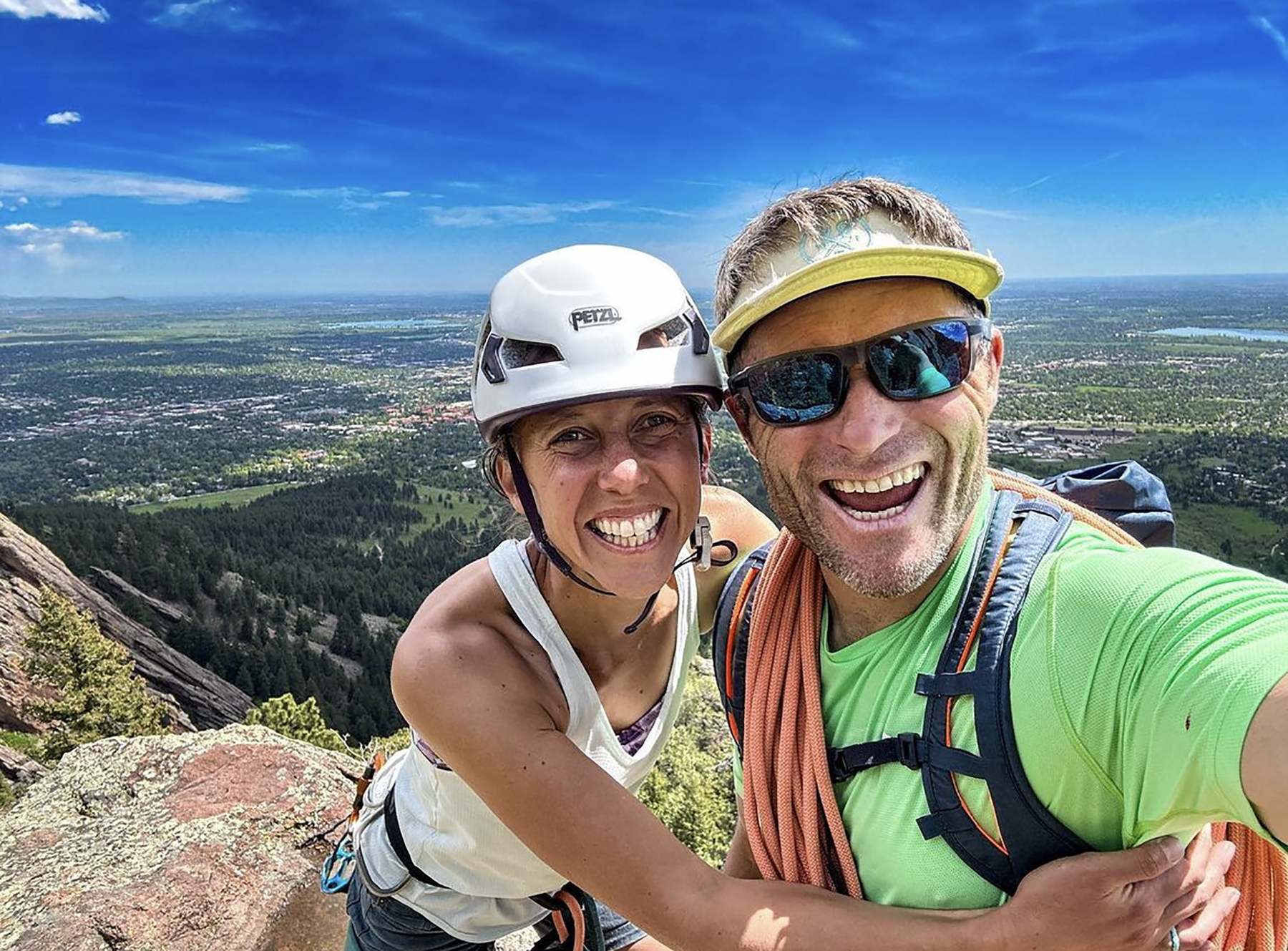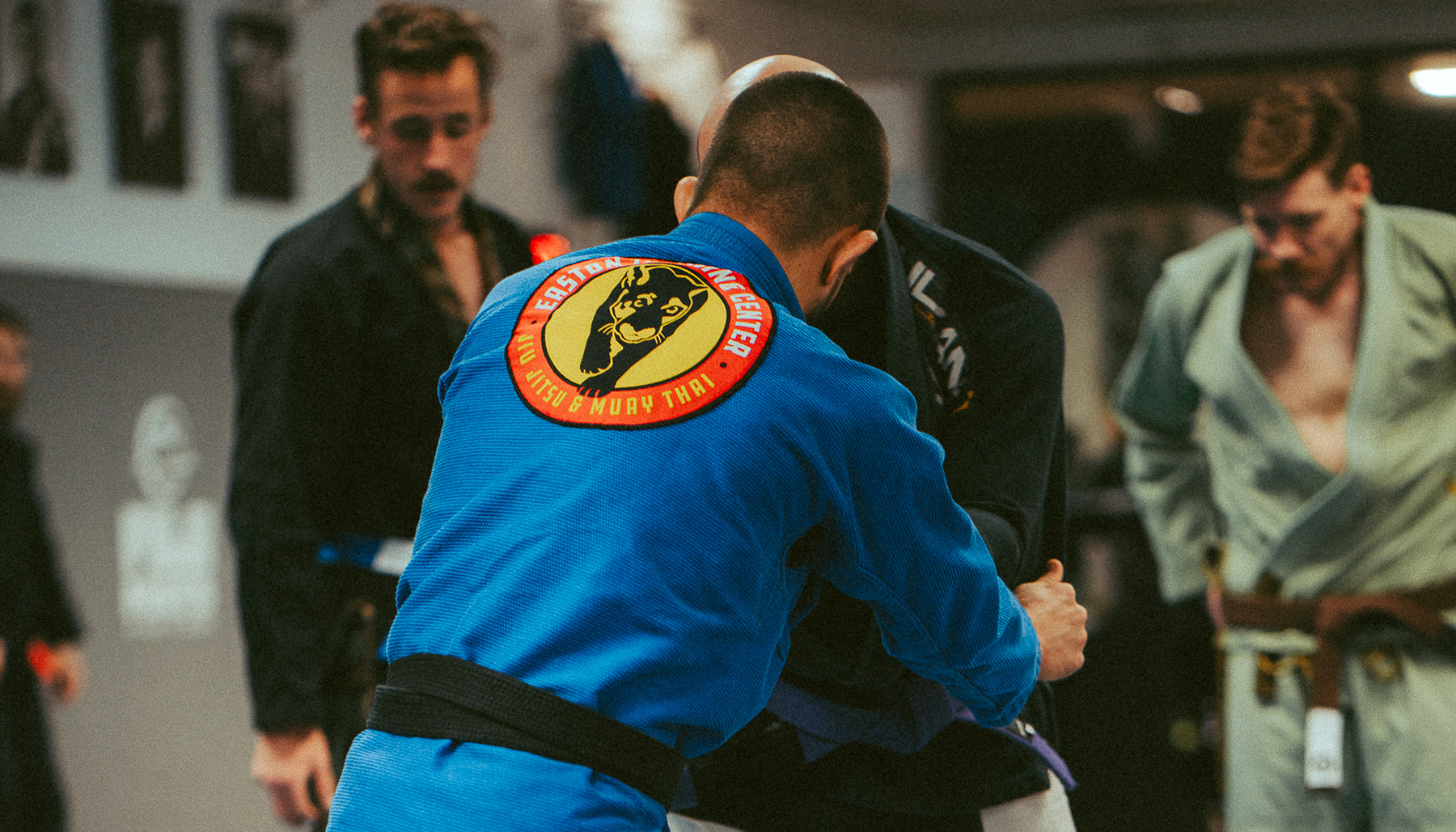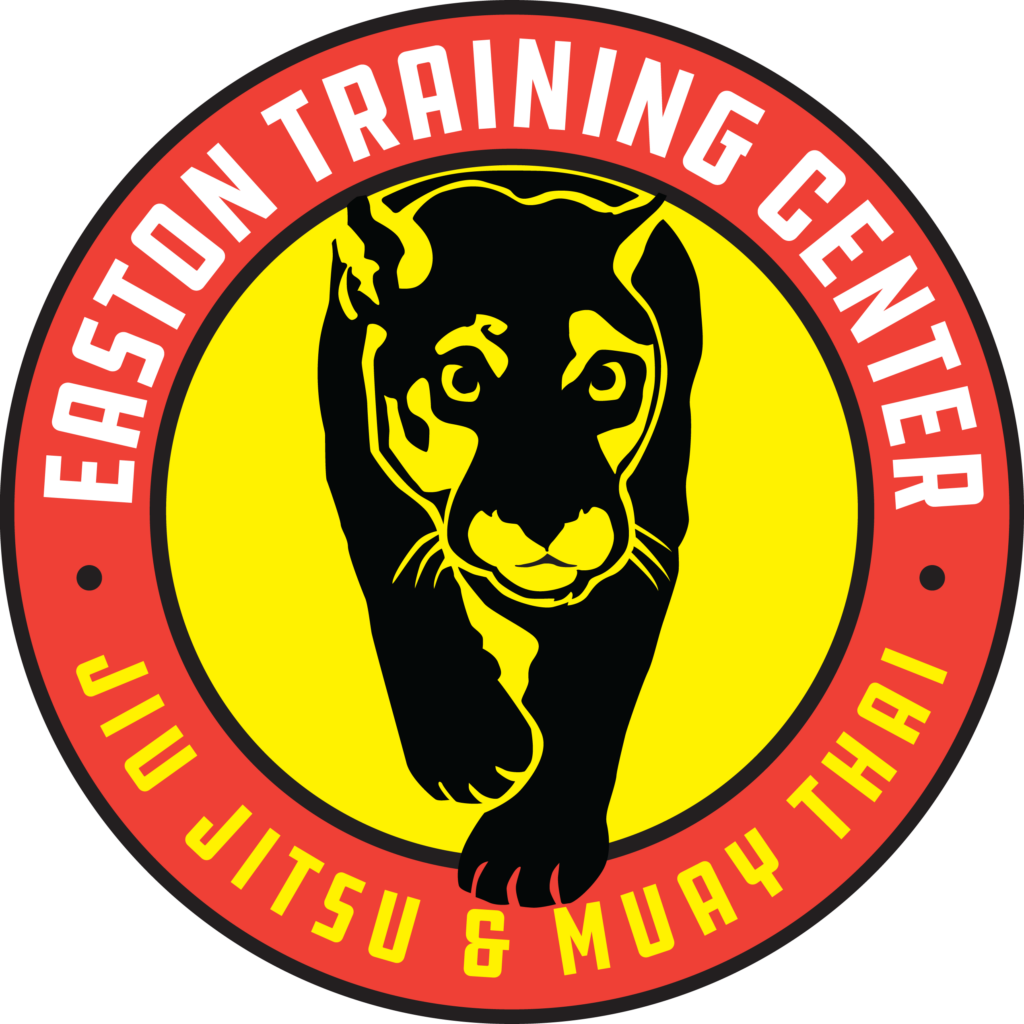On the latest episode of the Easton Community Podcast, our host Mike Tousignant sits down with Easton Blue Belt, endurance athlete, performance coach and mountaineer Jason Antin to talk training, mindset, dad stuff and more.
Listen to the full episode on Spotify or Apple Podcasts!
Jason, who co-started a company called Beat Monday, brings an element of resilience and excitement to anything he does – especially since he started to follow his passion full time.
The forces that shape Jason’s life began out of necessity to make a life that balanced work, home and play. After years of weekend adventures with his wife and even crazier weekend adventures with his buddy Mike Chambers (co-founder of Beat Monday), when Jason became a father, he needed a shift. He either needed to slow his roll to be more present at home or find a way to make money doing what he really loved so that he could do both. He chose the latter.
Beat Monday has since evolved into a three-season (and running) TV show, taking you along as Jason and Mike navigate the Cirque Traverse, Moonlight Buttress, the Maui Traverse and so many more, including Orizaba – the highest peak in Mexico and highest volcano in North America. The two climb, bike, hike, swim and ice-pick their way past the boundaries of what’s possible between Friday night and Monday morning. Whatever it takes, they make it happen.
This mindset doesn’t just stop when you leave the mountain or come home from the adventure. It’s the way you approach every day. Like the saying goes – how you do anything is how you do everything.
[Easton Black Belt + MD Vassily Eliopoulos: How You Do One Thing Is How You Do Everything]

From his days as a college athlete and working corporate finance to moving to Colorado for climbing, Jason’s been a bouncer, a marathon athlete, a coach and a guide. He tries to go into everything with a sense of purpose, leaning fully into the challenge – this also means knowing when to leave and start the next adventure.
This involves adapting yourself to the commitment you’re making – whether it’s a 4-day trek, a 2-hour hike, an hour-long Jiu Jitsu class or a lifelong pursuit.
Continuing to flow through any changes life brings requires us to adapt. How can we move and shift to go with the flow?
“I went to the rock gym at 265,” Jason says of the first time he hit the rock-climbing gym, “And my hands were just shredded. I was like, Hm, do I need to be 265 to be doing all these mountain sports?”
Maybe you come from a foundation of weight-training, focusing on strength and mass, but now you have new goals that require a lighter physique to sustain more agility and endurance. After years of heavy lifting, Jason’s body began evolving more towards mountain sports over the course of 10 years.
Rather than feeling stuck between a rock and a hard place, lean into training a little differently to get you the agility you actually need for your activities. If you’ve built your identity around a certain body type or fitness routine, you may feel some inner resistance, but if you use this opportunity to illuminate places you can lean in and shake things up, this resistance can be a catalyst.
What do our surroundings require us to become? We’re not talking about blending in for the sake of conformity or stagnation. We mean – what do your utmost priorities, and the spaces and surroundings you find yourself in, require you to become?
[Performance Coach + Mountain Guide Jason Antin on Overcoming Limitations and Getting Outside]
Training for the unknown
When it comes down to outdoor adventures contingent upon a variety of factors outside yourself, training will require a bit more versatility. You need to ready yourself not just physically for elevation and terrain, but also mentally and emotionally. Consider not just your goals, but any circumstances that might arise in between start and finish – especially if your goals involve a multi-day trek in the wilderness.
How does Jason prepare for his adventures? Depending on whether it’s a hard climb through rough terrain or a 100-mile run, his approach will vary.
A perfect mountain fitness training block for him typically involves 3 days of strength-training a week and then a degree of run-volume or endurance-volume depending on what phase (or zone) of training he’s in.
As Jason’s volume increases in endurance training like uphill skiing, trail running and weighted hiking, his strength training may go down to 2 times a week. If he’s training for a purely running-focused ultra, he’ll take the strength down to once a week (for maintenance and durability) for the last month to six weeks leading up to the event while increasing his uphill modality – whether it’s biking, running or skiing.
If it’s a technical objective he’s training for, like ski mountaineering, ice climbing or alpine climbing, his primary focus lies in making sure his technical skills are up to par. Then comes the mental training, which requires prepping for those crappy positions you’ll inevitably get into.
That could mean running in shitty weather or making yourself show up to class even when you wake up feeling like your arms are falling off.
[Minfulness and Mental Resilience in Martial Arts]
Since his training volume depends on what phase or training, or zone, he’s in, Jason pays careful attention to his progression through zones. In endurance sports, zones represent intensity levels that correspond to different physiological responses in the body, ranging from easy recovery efforts to maximal exertion.
Getting ready for ultras and big mountain objectives, you want your Zone 2 – that’s the higher end of your conversation pace – to be really high.
“If you’ve got a big Zone 2, it means you can go a really long time without blowing energy source,” Jason says. “If you can get that zone high, that means you can go faster, longer.”
In fact, for much of your training, Zone 2 is the one you’ll want to stay in. You want to work to build up your zones in anything, even if you think you’re ready to push yourself to the limit.
During Jiu Jitsu and Muay Thai, Zone 2 looks like controlled movement going at a reasonable pace to where you’re working with some resistance and building up a sweat, but not gasping for air.
The goal in these training sessions is to keep yourself buzzing at that level as long as you can, prolonging the endurance. You want to keep yourself in Zone 2 for the majority of the time in BJJ and MT, having only around 20 percent of your training fall into the Zone 3 category – think, harder rolls and sparring sessions.
To learn more about working with zones to build up endurance and hear about how Jason balances his extreme adventures with a wife and two kids, listen to the full episode here!






